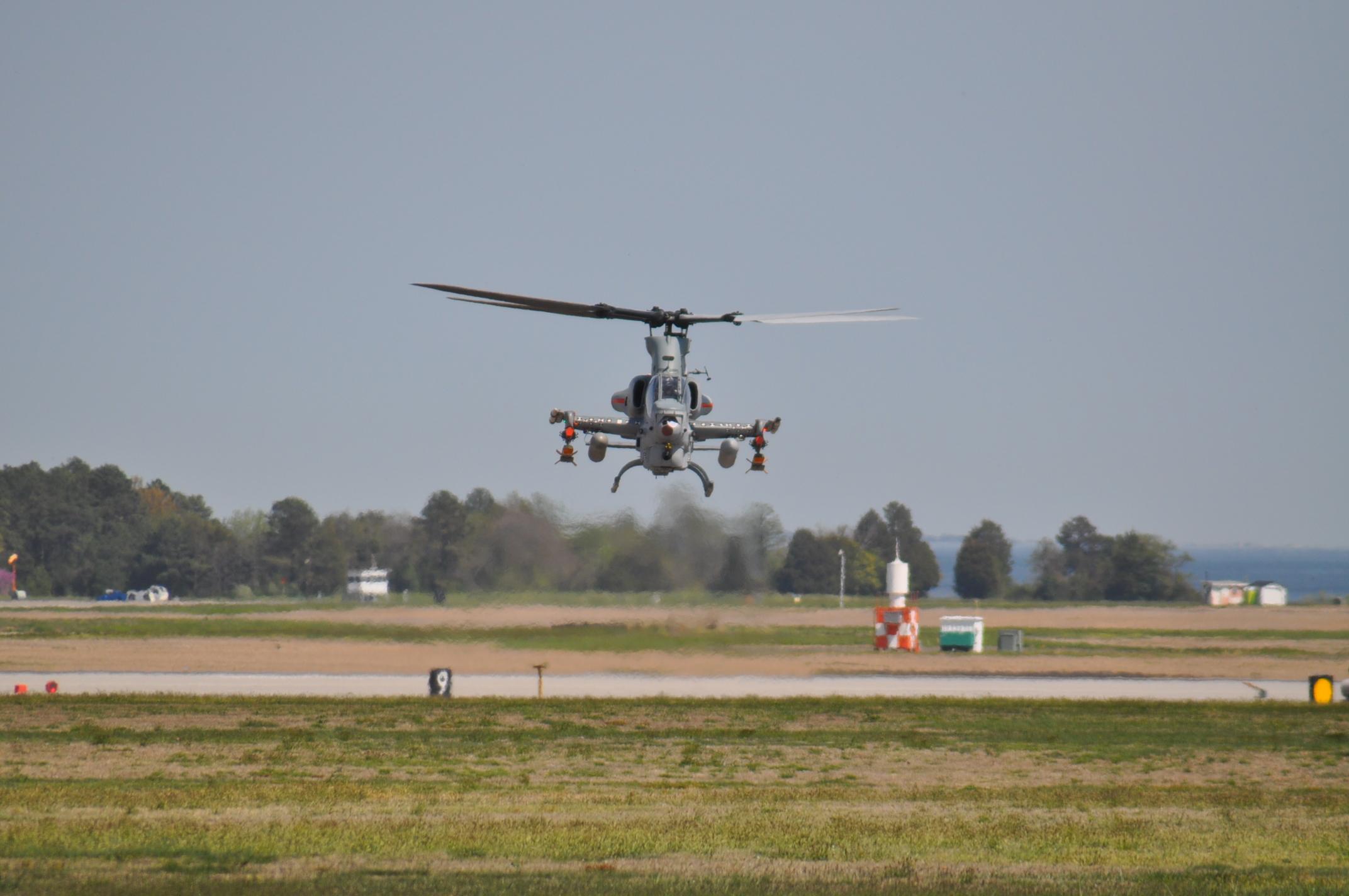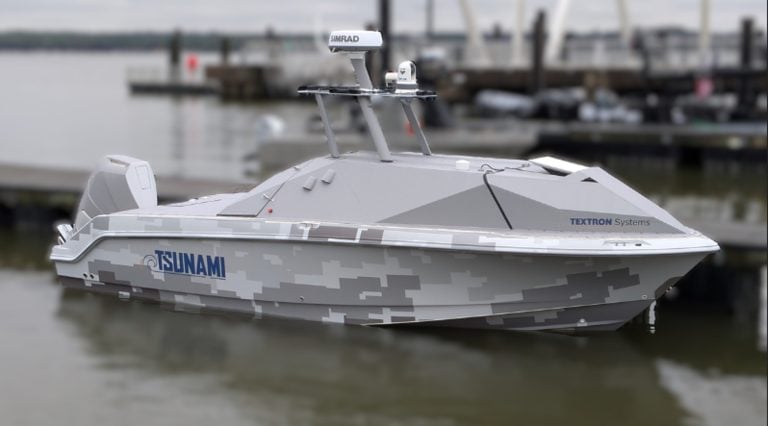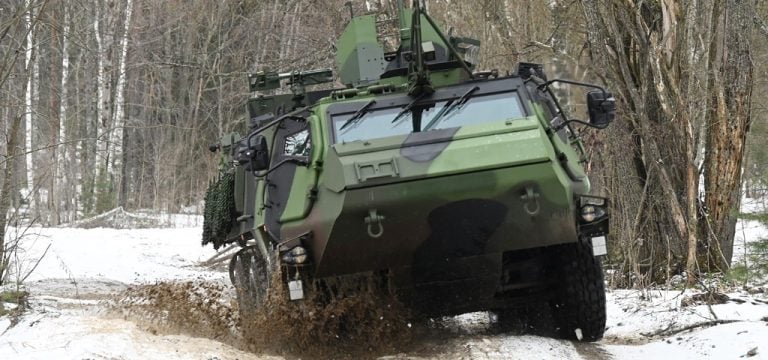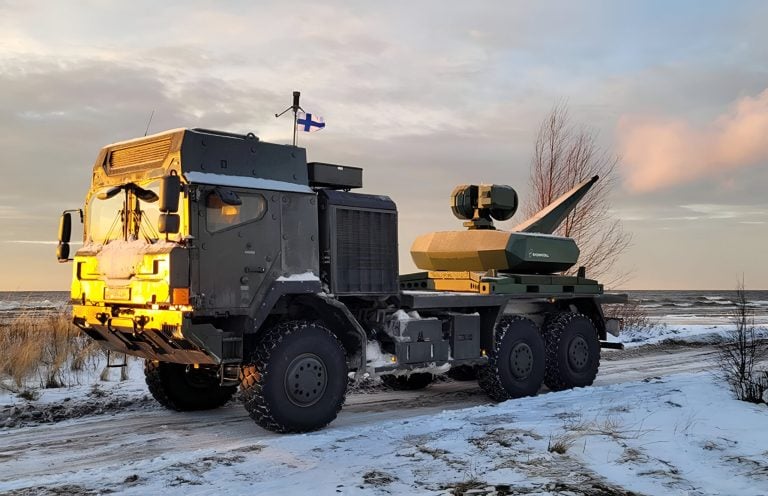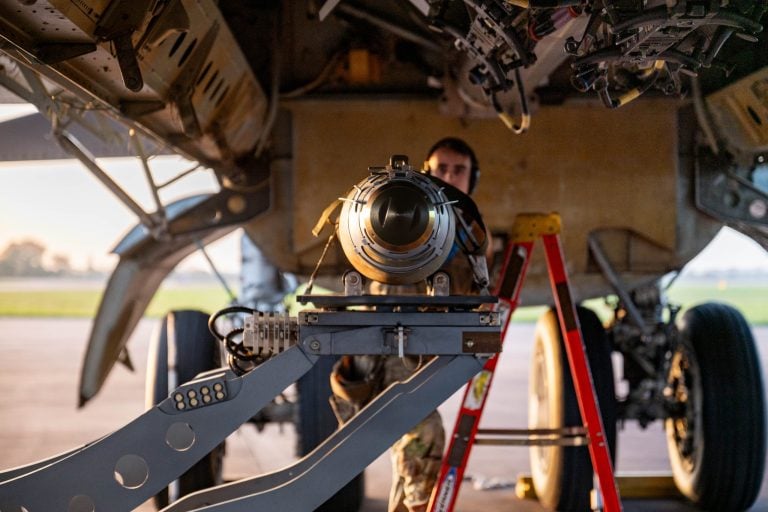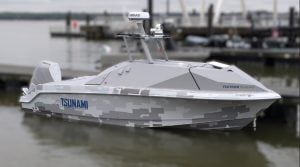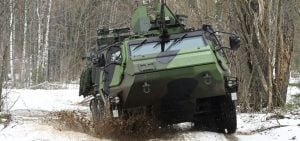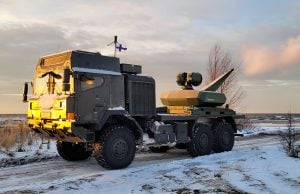The US Marine Corps recently announced the successful test launch of a new Long Range Precision Fire (LRPF) capability, marking a significant advancement in its operational capabilities. The inaugural test occurred at Yuma Proving Grounds in Arizona, where an AH-1Z Viper helicopter deployed the munition utilizing a wireless application known as the Marine Air-Ground Tablet (MAGTAB). This innovative tablet enhances battlefield situational awareness by facilitating navigation and communication data exchange.
According to a press release from the Marine Corps, the test exceeded the necessary threshold requirements concerning position, navigation, and timing, showcasing the effectiveness of the new system. Notably, this event represents the first instance where a Marine Corps rotary-wing platform has utilized a weapon system controlled by a tablet device, signifying a notable step toward modernizing military operations.
The development of this technology is underpinned by the Defense Innovation Acceleration project, sponsored by the Office of the Under Secretary of Defense for Research and Engineering and led by the Expeditionary Maritime Aviation – Advanced Development Team (XMA-ADT). This initiative aims to assess cost-effective, long-range capabilities suitable for expeditionary and maritime environments. Colonel Scott Shadforth, director of XMA-ADT, pointed out that evaluations of existing and future capabilities indicated that the LRPF initiative would serve as an efficient weapon for targeting both maritime and land-based objectives.
Details concerning the weapon’s specifications or development timeline remain undisclosed, a factor further emphasized by the more than three-month delay in announcing the test, contributing to a degree of secrecy surrounding the project.
The AH-1Z Viper helicopter, which is already equipped with advanced weaponry, had its initial operational capability for the AGM-179 Joint Air-to-Ground Missile (JAGM) confirmed in 2022. This Lockheed Martin missile is capable of engaging targets at a range of 8 to 16 kilometers (5 to 10 miles) and successfully struck a mock vessel during its first Pacific launch last year. Additionally, the platform is armed with the Hellfire missile, boasting a range of approximately 11 kilometers (7 miles).
Plans to enhance the Viper’s capabilities are also in the works, as the Marine Corps revealed intentions to replace the Hellfire with a long-range loitering munition designed for use in the Indo-Pacific region, with expected operational ranges extending into the hundreds of kilometers. The ongoing advancements signal a commitment by the US Marine Corps to enhance its strike capabilities and adaptability in diverse operational scenarios.
